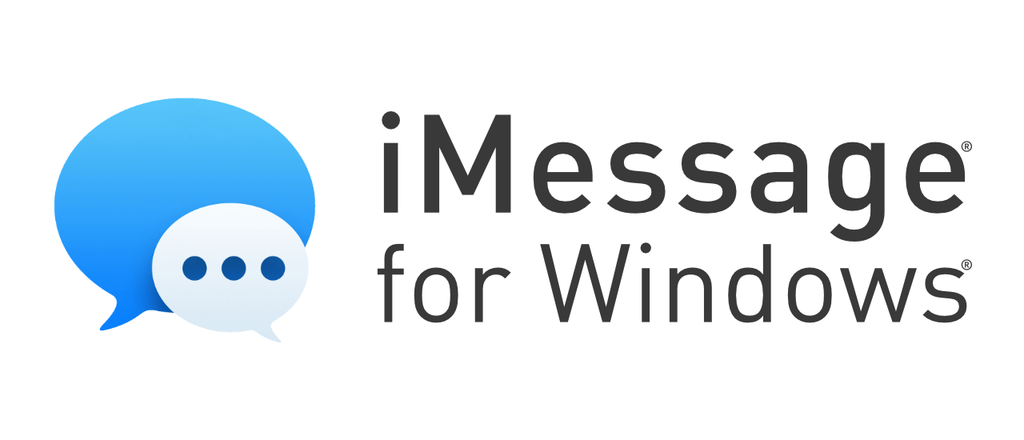A year and a half ago, I heeded the growing warning signs that indicated the looming demise of macOS, née OS X, as a platform for developer and true computer enthusiasts, and set about trying to find a new ecosystem. Luckily, this was around the same time that updates to Windows 10 combined with the the continued awesomeness of WSL,1 made it a viable option for reconsideration.
While Windows had always remained my primary development platform of choice due to the nature of my work, there were various apps that I’d become accustomed to using and had to seek out alternatives for, chief of which was iMessage. As someone that has never embraced the mobile craze, I sorely missed the ability of texting (or “iMessaging”) from my PC, and came to absolutely despise having to drag my phone out of my pocket and text from its cramped display, constantly fighting autoincorrect and embarrassing myself with typos and misspellings. I tried switching to alternative platforms, including WhatsApp, Skype, and FB Messenger; but nothing came close to matching the pure simplicity and sheer genius of iMessage’s “SMS backwards-compatibility” approach that upgrades iPhone-to-iPhone communications to iMessage while transparently falling back to SMS or MMS where iMessage was not an option.
WSL is the Windows Subsystem for Linux, also known as “Bash on Ubuntu on Windows,” offers a native Linux-in-a-shell with nice (and growing) integration with Windows. Check it out! ↩

